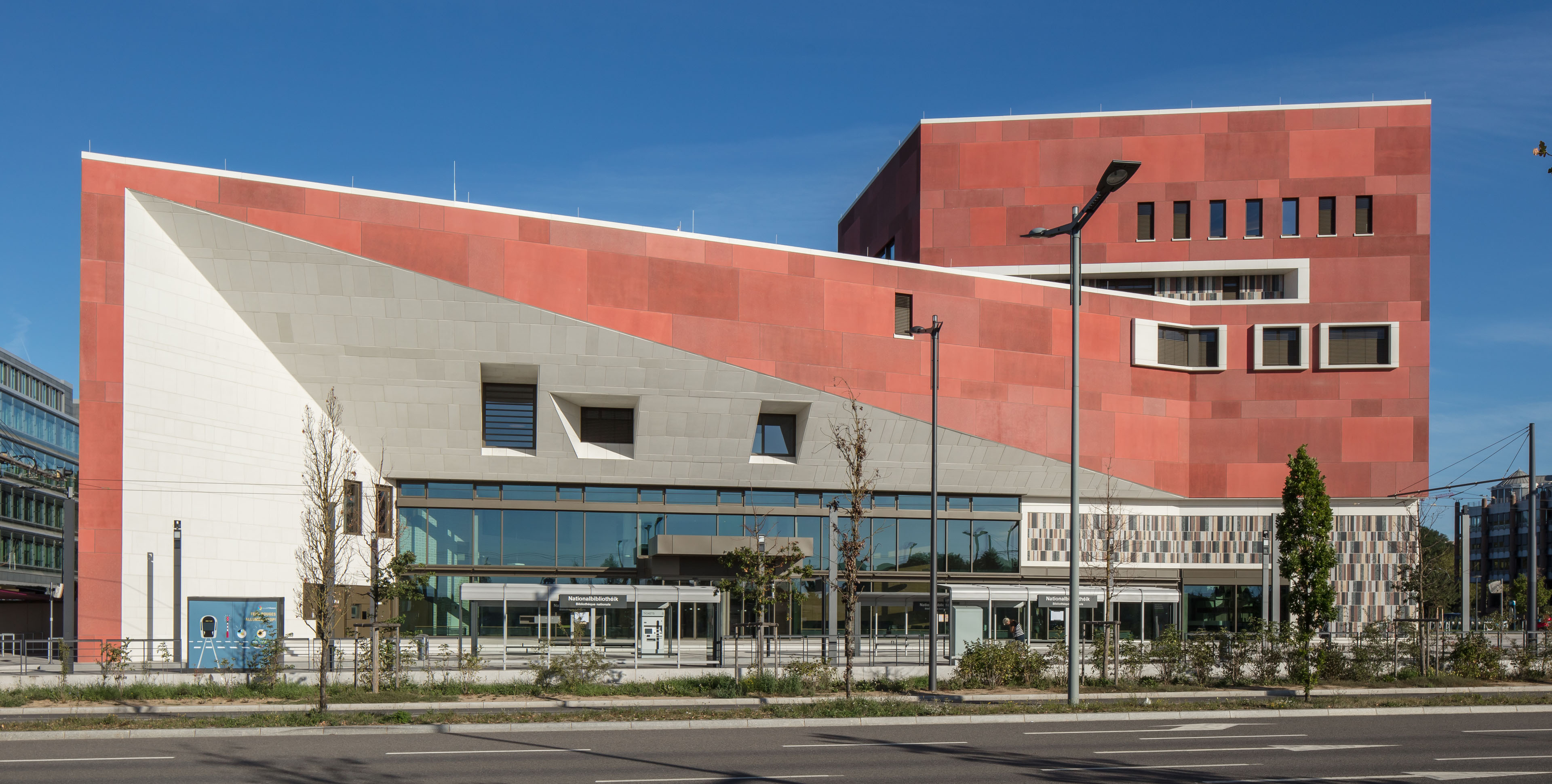Fido Spröde House
SSP architects

Products
In the 1950s, the Swiss architect, sculptor and designer Max Bill got together with Ernst Moeckel to fashion a door handle that made design history as the ‘Ulm handle’. It, in turn, prompted Johannes Potente to produce the FSB 1023, which has long served as an alternative to the common U-shaped models.

Life-saving measures
Any house saved from demolition offers a small glimmer of hope given the current state of the planet’s climate. Some buildings do not, at first glance, suggest redeveloping or repurposing them would make much sense. But the urgency of the situation married to a desire to value and not squander the energy inherent in any building is increasingly causing clients and architects to look into the matter a little more attentively. As was the case with the architect Thomas Schmidt of the SSP practice, who fell in love with a dilapidated detached house in south Dortmund in the 1950s.
The SSP architects’ practice launched the GreytoGreen® label in 2019 as a guide to developing sustainable architecture. In the present case, too, the architects found a way of adapting the house’s residential credentials to current standards without being unduly invasive in accordance with the principles underpinning the label. The materials originally used, for instance, were retained or re-used wherever possible; in short, whatever was already in place was treated with respect.
The house was built in 1954 to a blueprint by the now virtually unknown architect Fido Spröde. And, even though the building was in a rather sorry state when Thomas Schmidt came across it, it had nevertheless managed to survive for more than 60 years. “A building that has already been around for 65 years”, Schmidt argues, “is likely to remain standing for another 30 to 40 years without any need to waste energy building something new.”
Architecture and object
Photo: © Fabien Holzer
“Focusing on the big picture is key. Less but better – that might be the solution”, is how Thomas Schmidt of the SSP practice sums up his vision of future-proofed architecture.
Less but better
The building is a typical post-war housing-estate unit and as such is utterly unambitious in its structuring and basically reiterates the earliest shape ever given to a house. On closer perusal, however, its straightforward architecture is seen to have been well thought through. Its clear outlines, for instance, prove suitable for any makeover desired. Knocking down two walls and removing three doors on the ground floor gave rise to an open-plan spatial layout extending from east to west in the house and allows the garden to be experienced in a new way in the process. All existing materials were examined by the architects with a view to establishing whether they could be retained. Logical as that may sound, it is far from self-evident.
Besides the house’s ceramic roof tiles and tile-and-stone façade, it was also possible to preserve the timber windows and radiator surrounds originally fitted. The only visible alteration made to the building’s external appearance is the matt-black lining of folded sheet metal that now encloses the draught excluder and presents itself as a material for a new age. The architects felt that, despite consciously echoing the architecture of the1950s, the FSB 1023 handle model selected is nonetheless softly spoken. It is tailor-made for users, they say, in both technical and functional terms. Door pulls in Silver Anodised Aluminium create a gentle sense of contrast with the colour of the doors.
The window handles, on the other hand, were fitted in Black Aluminium and hardly stand out against their host windows. There’s going to be a partial refit before very long, however: all the window handles are being replaced with FSB 1226 in Silver Anodised Aluminium, whilst the 1023 fittings on doors are being retained. This will see the 1950s-look FSB 1023 model combined under a single roof with FSB 1226, whose attractively varied styling and clean-lined modernity underscore just how successfully the Spröde house has been brought into the present age. SSP’s canny architectural handling of the Fido Spröde house was honoured in 2022 at the international Houses Award that publishers G+J and the Federation of German Architects (BDA) run together.
Object details
Photos: © Joachim Schumacher















